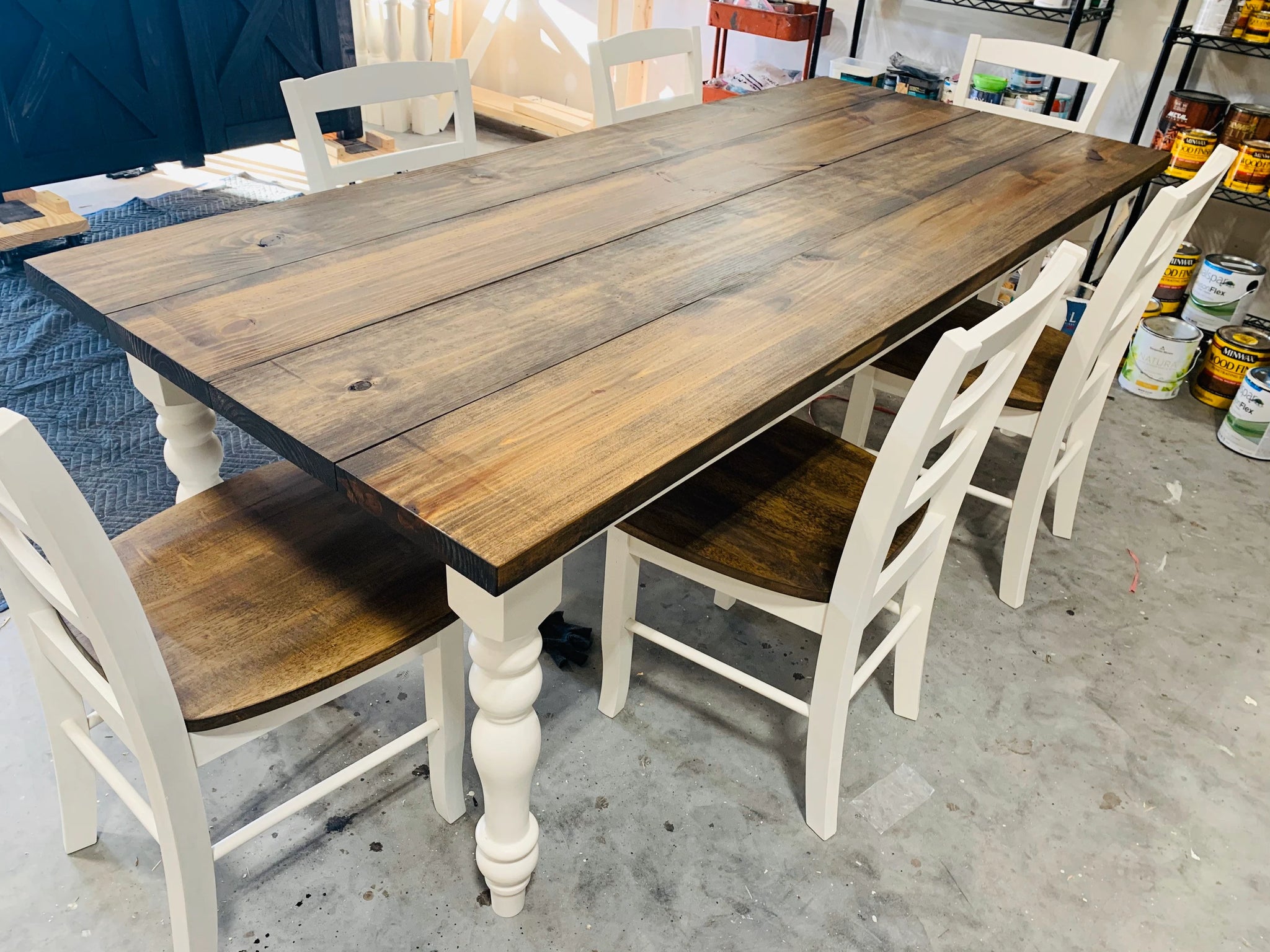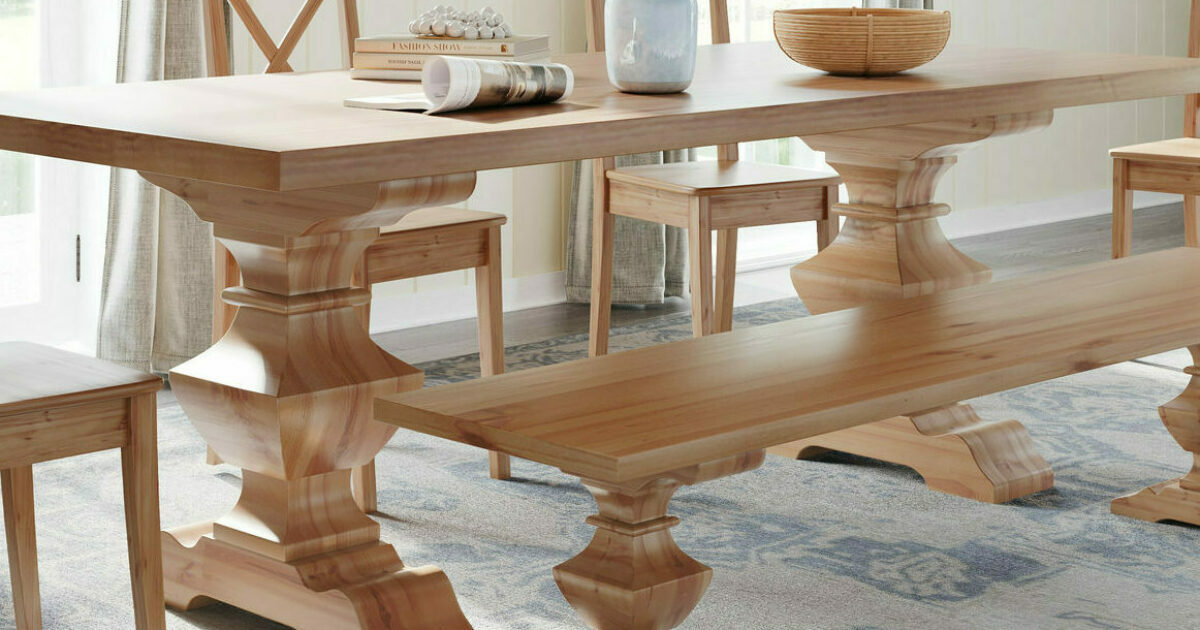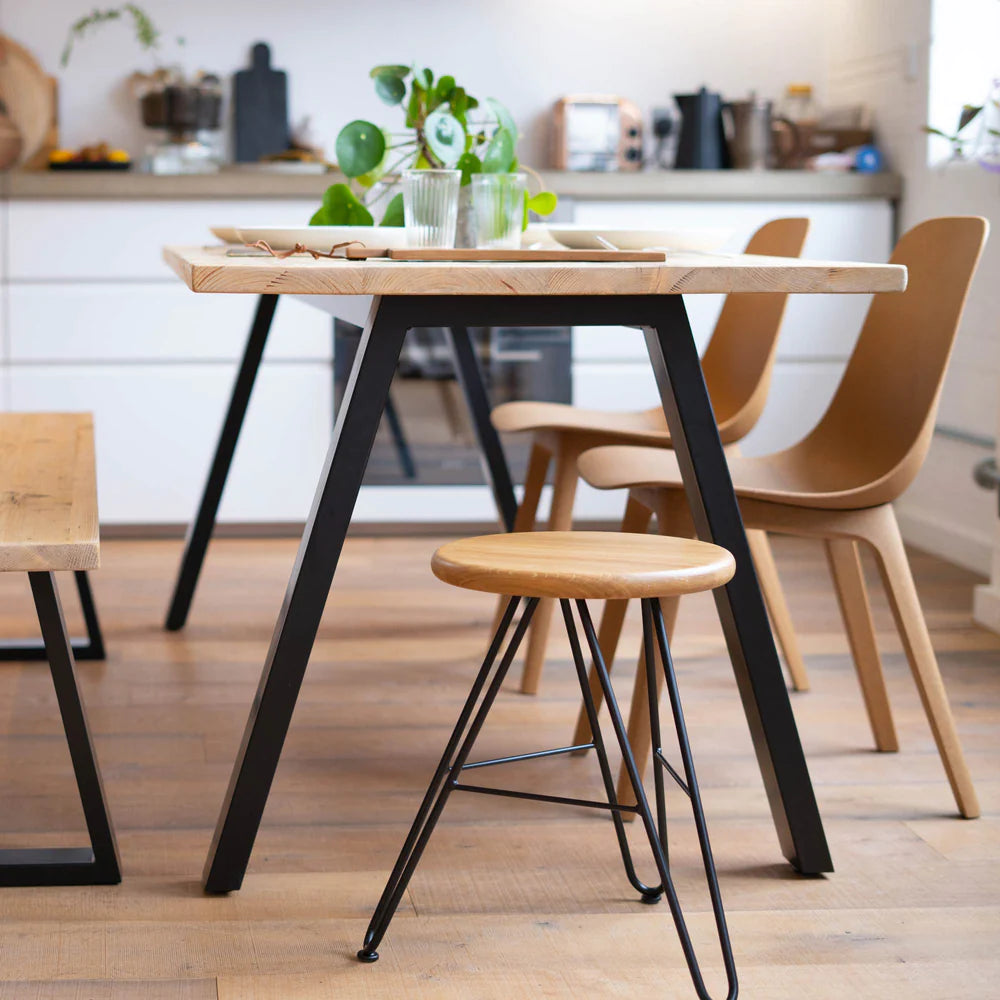Discover Affordable Sophistication in High-Quality Dining Table Legs Wood
Discover Affordable Sophistication in High-Quality Dining Table Legs Wood
Blog Article
Discovering the Different Sorts Of Table Legs Timber for Your Eating Area
The selection of eating table legs wood can exceptionally impact both the practical and aesthetic high qualities of your dining room. Solid timber alternatives, such as oak and walnut, offer a timeless look with unparalleled sturdiness, while crafted wood options offer innovative designs that mimic the richness of all-natural grains.
Strong Wood Options

Additionally, solid wood is renowned for its stamina and long life. Unlike crafted products, strong wood is much less prone to bending and damage in time when properly preserved. This makes it an ideal option for households or those who frequently host gatherings. Each piece of strong wood is distinct, showcasing private attributes that include in the appeal and personality of the table.
Additionally, solid timber can be ended up in countless means, varying from all-natural oils to tarnished finishes, enabling homeowners to personalize their furnishings to match their design. In recap, choosing solid wood for eating table legs not only makes sure architectural honesty yet additionally improves the aesthetic appeal of the dining location, making it a beneficial financial investment for any kind of home.
Engineered Wood Alternatives

Plywood, constructed from several layers of timber veneer, is stable and specifically strong, making it an excellent selection for eating table legs. Its layered composition enables it to endure modifications in moisture and temperature better than traditional solid wood. MDF, on the other hand, provides a smooth surface area for paint or veneering, enabling designers to accomplish a sleek look while keeping architectural honesty.
Particleboard, usually used in affordable choices, provides respectable toughness and is light-weight, making it easier to take care of. It might not be as resilient as plywood or MDF. It is vital to think about the intended usage and wanted aesthetic when picking crafted wood alternatives. These materials not only enhance the capability of eating areas yet also permit greater layout adaptability, ensuring that conventional and modern designs can exist together sympathetically.
Reclaimed Wood Includes
Reclaimed wood provides an one-of-a-kind blend of sustainability and personality, making it a significantly prominent choice for eating table legs. Sourced from old barns, manufacturing facilities, and various other structures, reclaimed wood personifies a history that new products just can not reproduce. Each piece carries its very own story, noted by distinct imperfections, knots, and varying grain patterns, which contribute to a table's unique visual appeal.
In addition to its visual appeal, redeemed wood is an eco-friendly choice. By repurposing previously utilized products, it reduces the demand for new lumber, thus aiding to preserve woodlands and minimize waste. This aligns with an expanding customer preference for lasting techniques in furniture.
Moreover, redeemed wood is often useful content extra resilient than newly harvested timber as a result of its age. The natural drying out procedure that recovered timber goes through lead to a denser and stronger product, making it much less susceptible to warping and splitting. This boosts the durability of eating tables, enabling them to stand up to the rigors of daily usage.
Softwood vs. Wood
When choosing eating table legs, understanding the differences between softwood and wood is crucial for attaining both visual and practical goals. Softwoods, acquired from coniferous trees, such as ache and cedar, are defined by their lighter weight and simplicity of adjustment. They normally show an even more rustic look, making them suitable for country-style or informal eating spaces. However, softwoods are usually much less you can try this out sturdy than woods, which can be a factor to consider for households or those looking for long life in their furnishings.
On the various other hand, hardwoods, sourced from deciduous trees like oak, maple, and cherry, are renowned for their thickness, toughness, and longevity. The elaborate grain patterns and abundant tones of woods supply a innovative and ageless allure, making them suitable for official eating settings. While woods have a tendency to be extra expensive and much heavier, their resilience against damage usually warrants the financial investment.
Inevitably, the option between softwood and wood for dining table legs must straighten with your layout vision, use demands, and budget, making sure that your dining space mirrors your individual design while remaining practical gradually.

Coatings and Therapies
The visual appeal and long life of eating table legs can be dramatically enhanced with numerous coatings and treatments. These procedures not just protect the wood from damages yet additionally raise its look, allowing it to match varied interior designs.
One typical therapy is staining, which penetrates the wood and enhances its all-natural grain while including color. Stains give an abundant, elegant appearance, making it possible for homeowners to match their furnishings with existing design. On the other hand, clear surfaces such as polyurethane or varnish produce a protective layer without altering useful source the wood's original tone, making certain sturdiness versus damage.
Additionally, all-natural oils, like tung or linseed oil, nourish the timber and use a refined shine, all while being environmentally friendly. These oils enable the surface area to breathe, preventing dampness build-up and prospective bending.
For those looking for a rustic beauty, distressed or weathered surfaces can be used to create an aged appearance, adding personality to the piece. Ultimately, the choice of treatments and finishes relies on individual preference, desired looks, and the specific wood kind, making it vital to think about these elements when choosing table legs for your area.
Conclusion
Strong woods, engineered alternatives, and reclaimed options each deal distinct benefits, catering to numerous choices and needs. Inevitably, the option of wood kind need to line up with preferred design, toughness, and environmental considerations, boosting the overall dining experience.
The option of eating table legs timber can greatly influence both the functional and visual qualities of your eating area - Dining Table Legs Wood. Strong timber choices, such as oak and walnut, offer a timeless appearance with unmatched sturdiness, while engineered timber alternatives supply innovative layouts that imitate the splendor of all-natural grains. Strong wood supplies an ageless high quality that can elevate the total layout of a dining space. Each item of solid wood is unique, showcasing individual characteristics that include to the appeal and personality of the eating table
In addition, reclaimed wood is frequently much more durable than newly collected wood due to its age.
Report this page